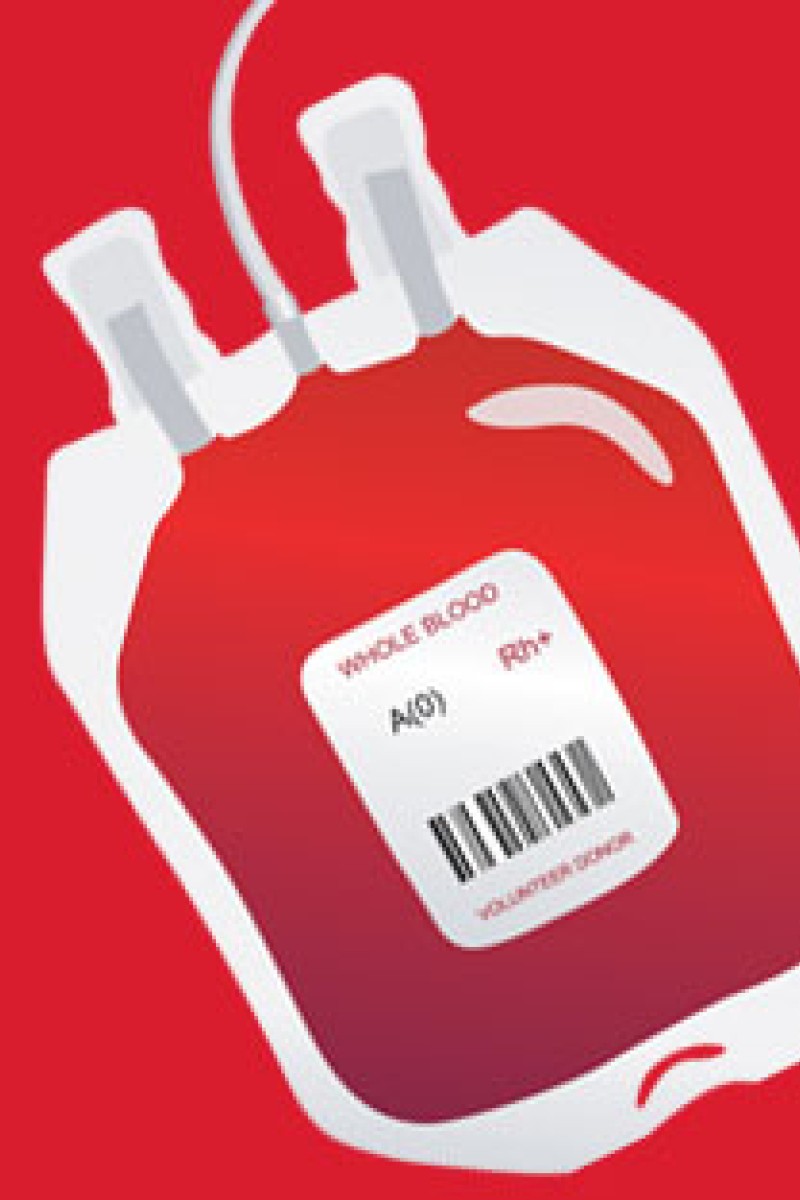
People don't get such opportunities every day. But they can help save a life in another very important way - by donating blood. It might be a bit painful, but considering the benefits, it's a small price to pay. Here are six things you might not know about blood donation.
The finger prick and the pain
The worst part of giving blood is the dreaded "finger prick", also known as the haemoglobin test. This is because the nerves in your finger are closer together than those in your arm so you'll feel more pain. But it is a vital part of the process because it ensures you have a normal haemoglobin level to give blood, says Wallace Chan Chiu Wai-ming, a nurse working for Red Cross. Chan says if you pass the finger prick test, you could choose to have a local anaesthetic, but the pain is almost the same as the prick of giving blood.
Blood processing
Many people think your donated blood can be given to patients directly. In reality, blood collected from donors will be tested for infectious diseases such as hepatitis B and C, syphilis and HIV/Aids. According to Red Cross senior medical officer Dr Lee Cheuk-kwong, about 94 per cent of blood collected is separated into four components to meet patients' transfusion needs. This is done by a process called centrifugation.
The four components
The four components are red blood cells, plasma, platelets and white blood cells.
Red blood cells are used for patients with anaemia and massive bleeding. The fresh, frozen plasma is used for coagulation, a process by which blood forms clots to stop bleeding. It is usually used to treat burns and liver diseases. Platelets are given to patients with a low platelet count, while white blood cells are used to treat people suffering from neutropenia, which can cause bacterial infections.
Blood storage
Few blood donations are used right away. The Red Cross builds up a blood bank to be used when needed. The Red Cross blood transfusion section operates around the clock to monitor the supply and demand for blood in Hong Kong.
Blood collected from donors can only be stored for a limited time. For example, the platelets have to be used within five days, while the red cells will be stored for around 42 days. Stored at a low temperature, blood is useful for about a month.
Not too much
We might often hear a first-time donor say: "I'm giving away blood, so I might suffer from blood loss." If that's what deters you from blood donation, you might want to reconsider.
Donors have to undergo a health screening to see whether they are fit enough to give blood. A person usually donates around 350-450ml of blood, which is about the volume of a can of Coke. An adult's total blood volume is 5 litres. This standard is adopted internationally.
Also, it's your weight - not your gender - that determines the amount of blood you can donate. A person who weighs 41kg-50kg can give 350ml of blood every time, while those who weigh more than 50kg can donate 450ml. This rule applies to both sexes. Male donors aged 18 or above can normally give blood every three months, when compared to every four months for female donors. Teenagers aged between 16 and 17 can donate every six months.
Huge demand
In Hong Kong, the demand for blood types O and A is the biggest because they are very common, Lee says. This varies from place to place in line with ethnicity and genetics. According to the Red Cross, about 42 per cent of the local population is type O, when compared to 29 per cent in Beijing. Types A and B account for 26 per cent, while 5.7 per cent is type AB.
Those with negative blood types comprise just 0.3 per cent of the population, but there's a big demand for them, too.
If you are aged 18 or above and weigh more than 41kg, you are a qualified blood donor (those aged 16-17 need parents' approval).
Check out www.ha.org.hk for donor centres in Hong Kong or call 2710 1234
